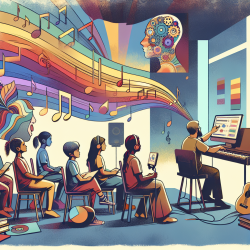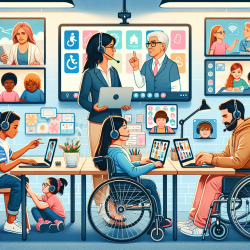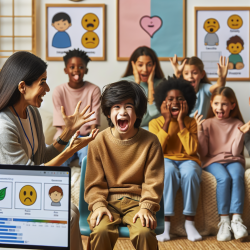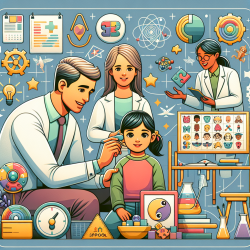Music therapy has shown significant promise as an alternative therapeutic approach for various psychiatric conditions, as highlighted in the research article "Psychiatry and Music" by Nizamie and Tikka (2014). This blog explores how practitioners can incorporate the findings from this research into their online speech therapy services for schools, creating improved outcomes for children.
The Connection Between Music and Mental Health
Music therapy leverages the neural and emotional processing of music to achieve therapeutic outcomes. The research outlines several mechanisms through which music impacts brain functions, including:
- Perceptual Processing: Music stimulates the auditory pathways, engaging areas like the auditory cortex and Heschl's gyrus.
- Emotional Processing: Music activates the amygdala, cingulate gyrus, and medial orbitofrontal cortex, influencing emotional states.
- Autonomic Processing: Music can alter physiological states, such as heart rate and blood pressure.
- Cognitive Processing: Music enhances cognitive functions like spatial-temporal performance and verbal learning.
- Behavioral Processing: Music influences motor activities, evident in responses like dancing or tapping.
Implementing Music Therapy in Online Speech Therapy
For speech therapists providing online services to schools, integrating music therapy can offer several benefits:
- Enhanced Engagement: Music can capture children's attention, making sessions more interactive and enjoyable.
- Emotional Regulation: Using specific types of music can help children manage emotions, creating a conducive learning environment.
- Improved Cognitive Functions: Music activities can support language development and cognitive skills, essential for effective speech therapy.
- Social Interaction: Group music activities can foster social skills, encouraging children to interact and communicate with peers.
Practical Steps for Incorporation
Here are some practical steps for incorporating music therapy into online speech therapy sessions:
- Assess Individual Needs: Evaluate each child's preferences and needs to tailor music activities accordingly.
- Choose Appropriate Music: Select music that aligns with therapeutic goals, such as calming music for relaxation or rhythmic music for speech pacing.
- Interactive Activities: Incorporate activities like singing, clapping, or playing simple instruments to engage children actively.
- Monitor Progress: Regularly assess the impact of music therapy on speech and language outcomes, adjusting strategies as needed.
Encouraging Further Research
While the current research provides a strong foundation, ongoing research is essential to refine and expand the application of music therapy in speech therapy. Practitioners are encouraged to:
- Stay Updated: Keep abreast of the latest research in music therapy and its applications in speech therapy.
- Collaborate: Work with researchers and other therapists to explore new techniques and share findings.
- Document Outcomes: Record and analyze the impact of music therapy on your clients to contribute to the growing body of evidence.
Conclusion
Integrating music therapy into online speech therapy services for schools can significantly enhance therapeutic outcomes for children. By leveraging the neural and emotional benefits of music, practitioners can create engaging, effective, and enjoyable therapy sessions. To read the original research paper, please follow this link:
Psychiatry and music.










